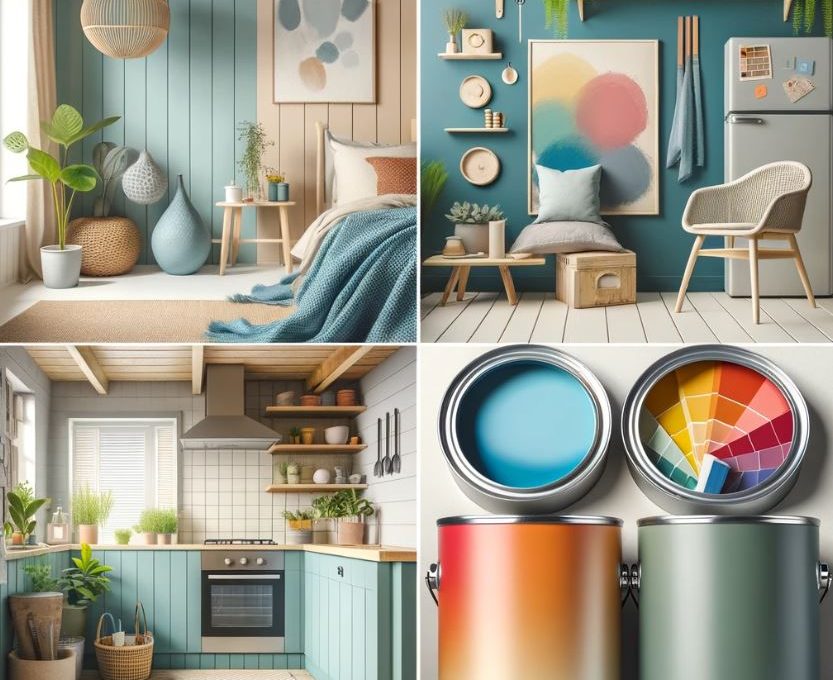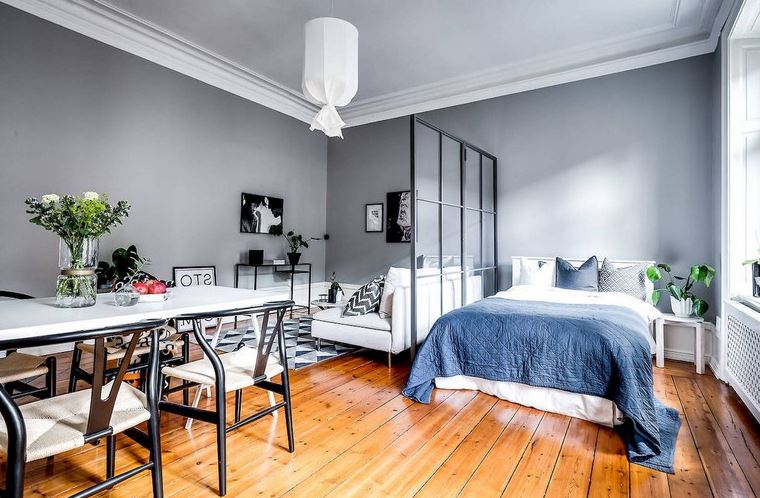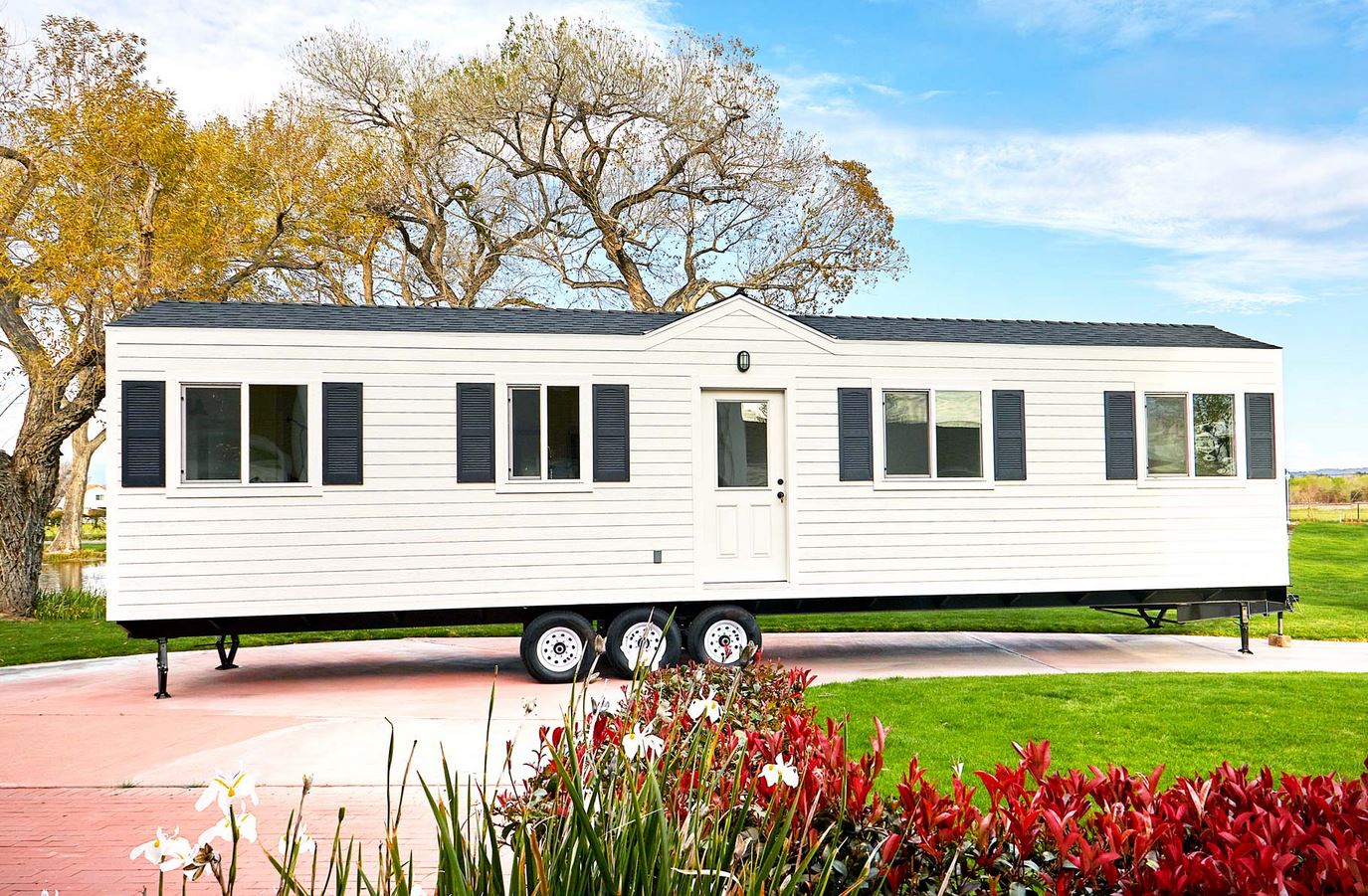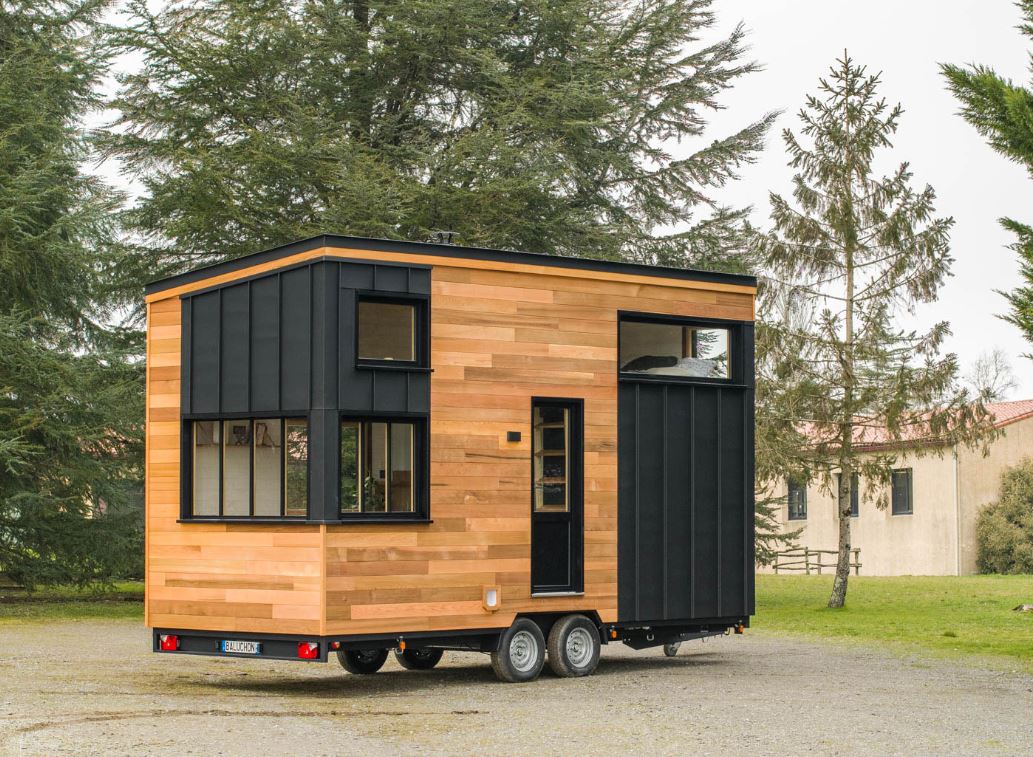Key Takeaways
- Understanding Color Psychology: How colors influence mood and perception in small spaces.
- Best Colors for Small Spaces: Selecting hues that create an illusion of space and comfort.
- Incorporating Accent Colors: Tips for using bold colors without overwhelming the space.
- Lighting and Color: How different lighting affects your color choices.
- Sustainable and Eco-Friendly Paint Options: Choosing paints that are good for your space and the planet.
Understanding Color Psychology
Color has a profound impact on the feel of a space, especially in smaller homes where every design choice is magnified. Choosing the right color palette is not just about aesthetics; it involves understanding the psychology behind colors and how they can influence the mood and perceived size of a room.
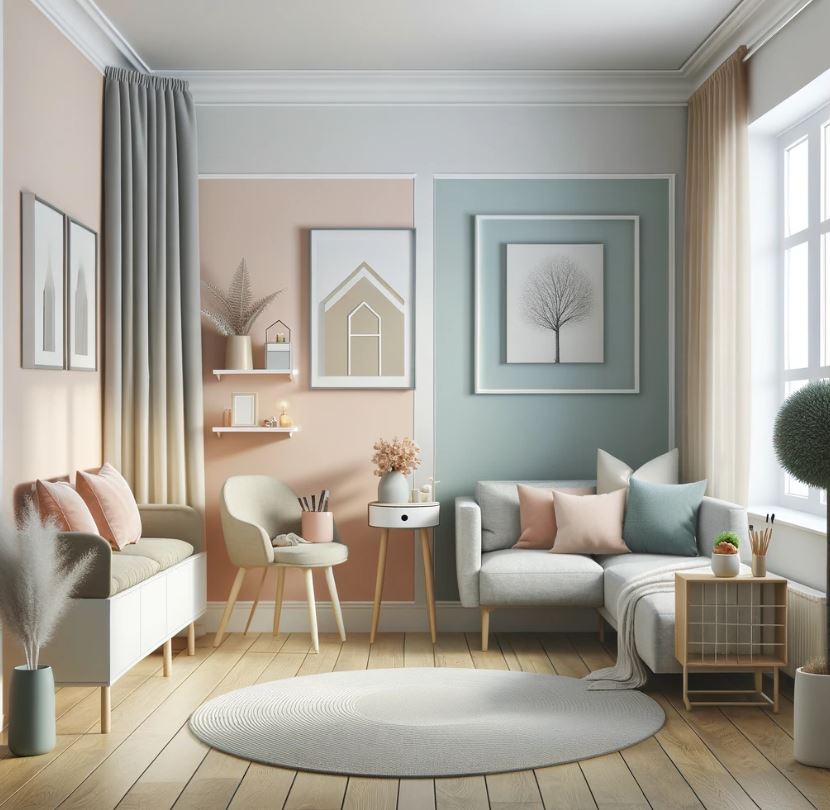
Best Colors for Small Spaces
For tiny homes and compact areas, certain colors can create an illusion of spaciousness and airiness. Light hues like soft blues, gentle greens, and warm neutrals can make a room feel larger and more inviting.
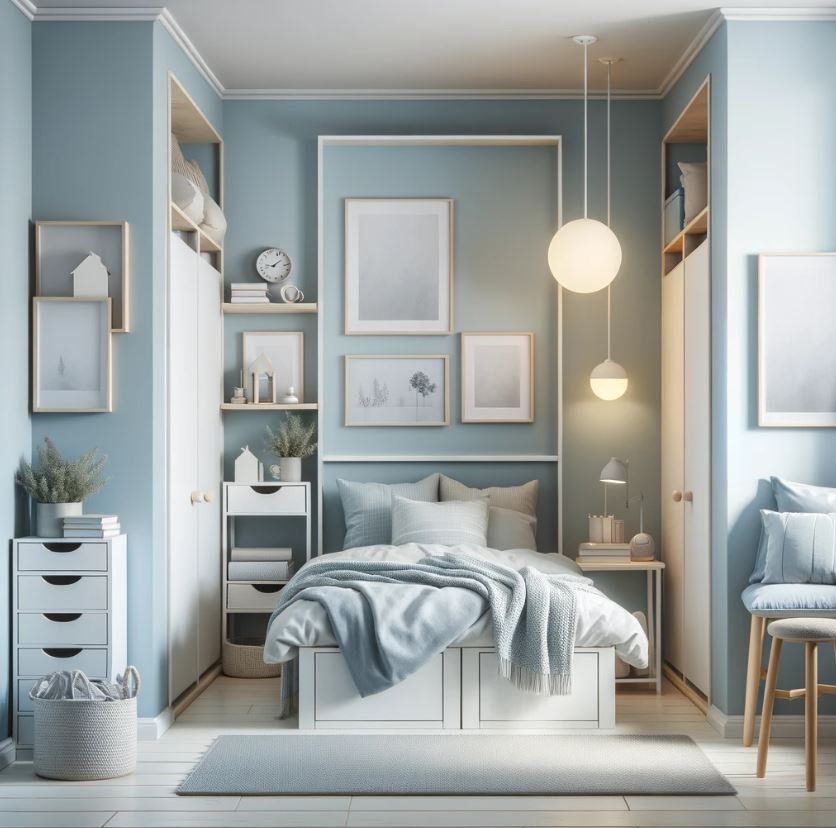
Incorporating Accent Colors
While neutral palettes are great for creating a sense of space, adding a few accent colors can bring vibrancy and personality to your home. Learn how to use bold colors in moderation to enhance, not overpower, your tiny living space.
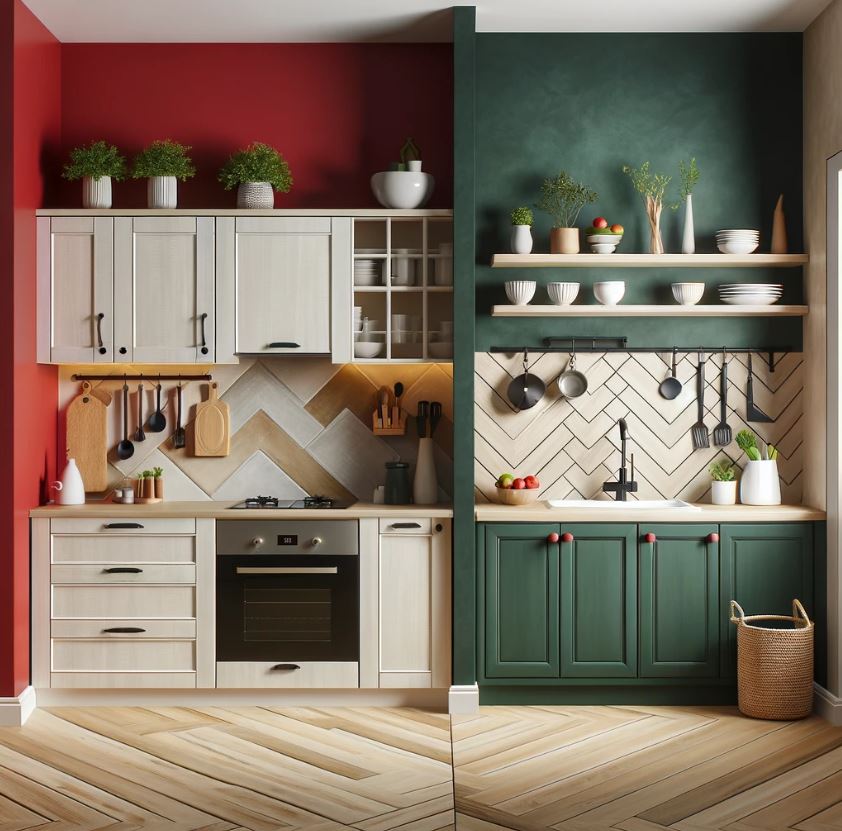
Lighting and Color
The way natural and artificial light interacts with paint colors can drastically change the appearance of your small space. Understanding this relationship is crucial for selecting colors that will look great at all times of the day.
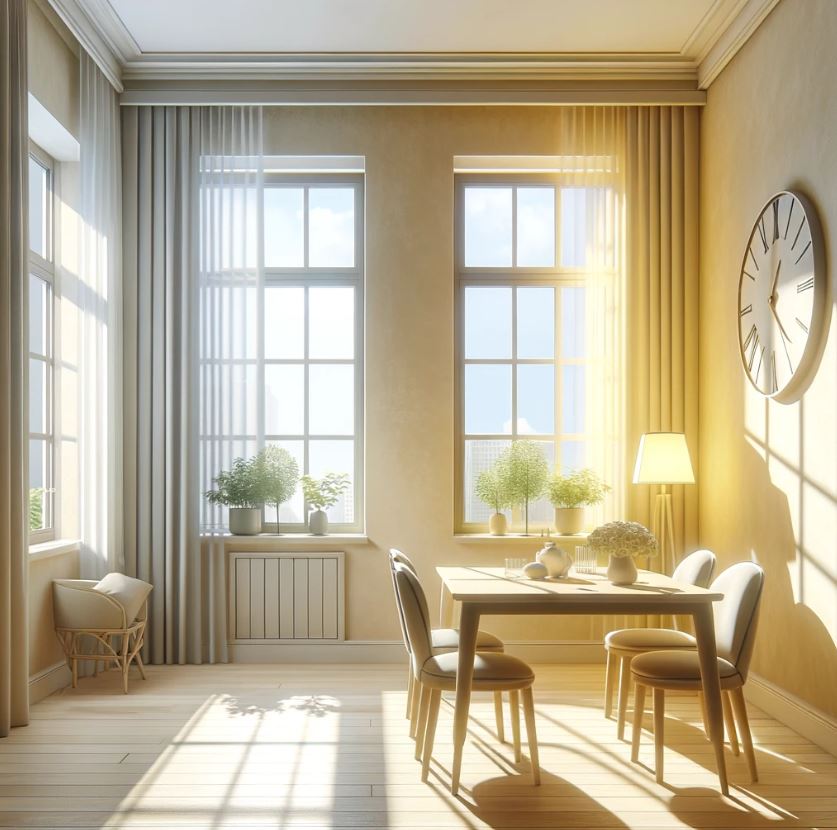
Sustainable and Eco-Friendly Paint Options
In line with tiny house living principles, choosing eco-friendly paint options is not only good for your health but also for the environment. Discover sustainable paint choices that align with your ecological values without compromising on style.
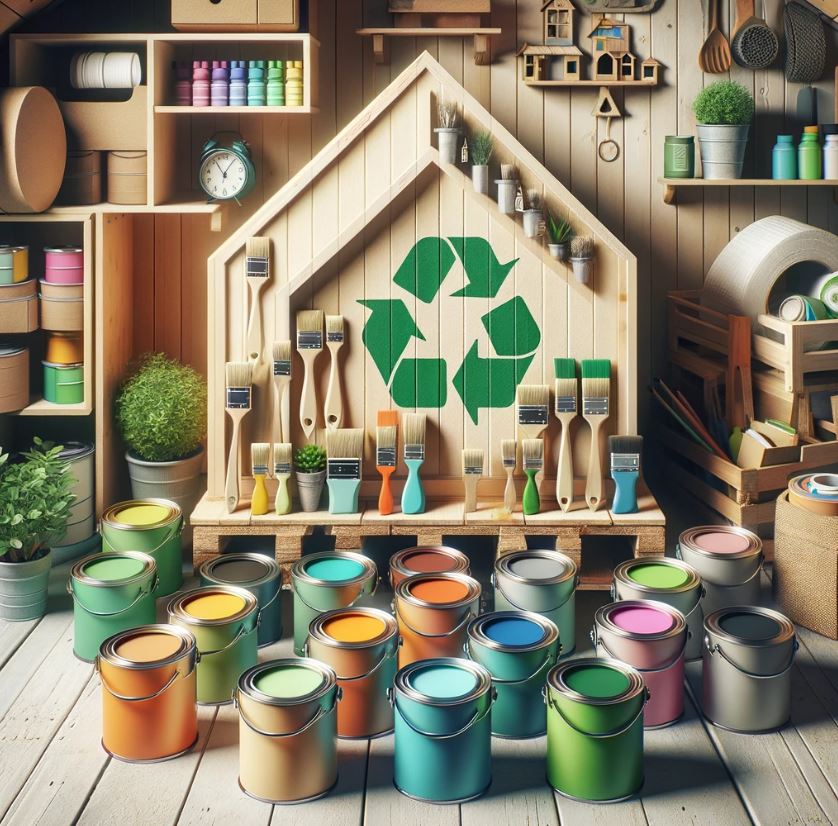
FAQs
How do I choose the right color for my tiny house?
Start by considering the mood you want to create and how each room is used. Lighter colors generally make spaces feel larger, while darker shades can add depth and coziness. Test paint samples in different lighting before making a final decision.
Can I use dark colors in a small space?
Yes, dark colors can be used effectively in small spaces, especially as accent colors or on a feature wall. They can add drama and depth when used strategically.
Are there specific colors that make a room look bigger?
Light and neutral colors like white, cream, light grey, and pastels are known to make rooms appear larger and more open. They reflect more light, enhancing the sense of space.
How does lighting affect my color choice?
Different lighting conditions can change how a color looks. Natural daylight shows the truest color, while incandescent lighting brings out warm tones and fluorescent lighting casts a sharp blue tone. Always consider your primary light source when choosing colors.
What are some eco-friendly paint options for tiny houses?
Look for paints that are low-VOC or VOC-free, made from natural materials, and are environmentally sustainable. These options are healthier for indoor air quality and are better for the environment.
Incorporating the right colors into your tiny house can transform it from a small space into a cozy, inviting home. By understanding the psychology of colors, considering lighting, and choosing sustainable options, you can create a beautiful and eco-friendly living space.
For more insights on tiny house living and décor, check out this article on sustainable décor tips.






